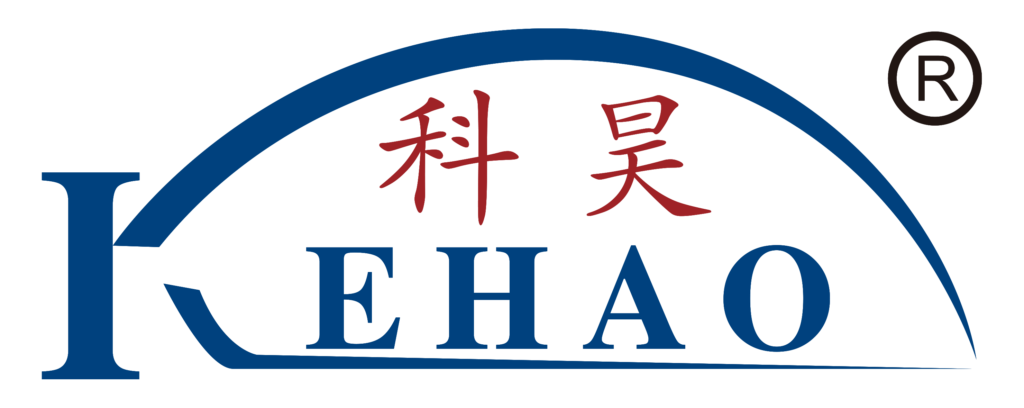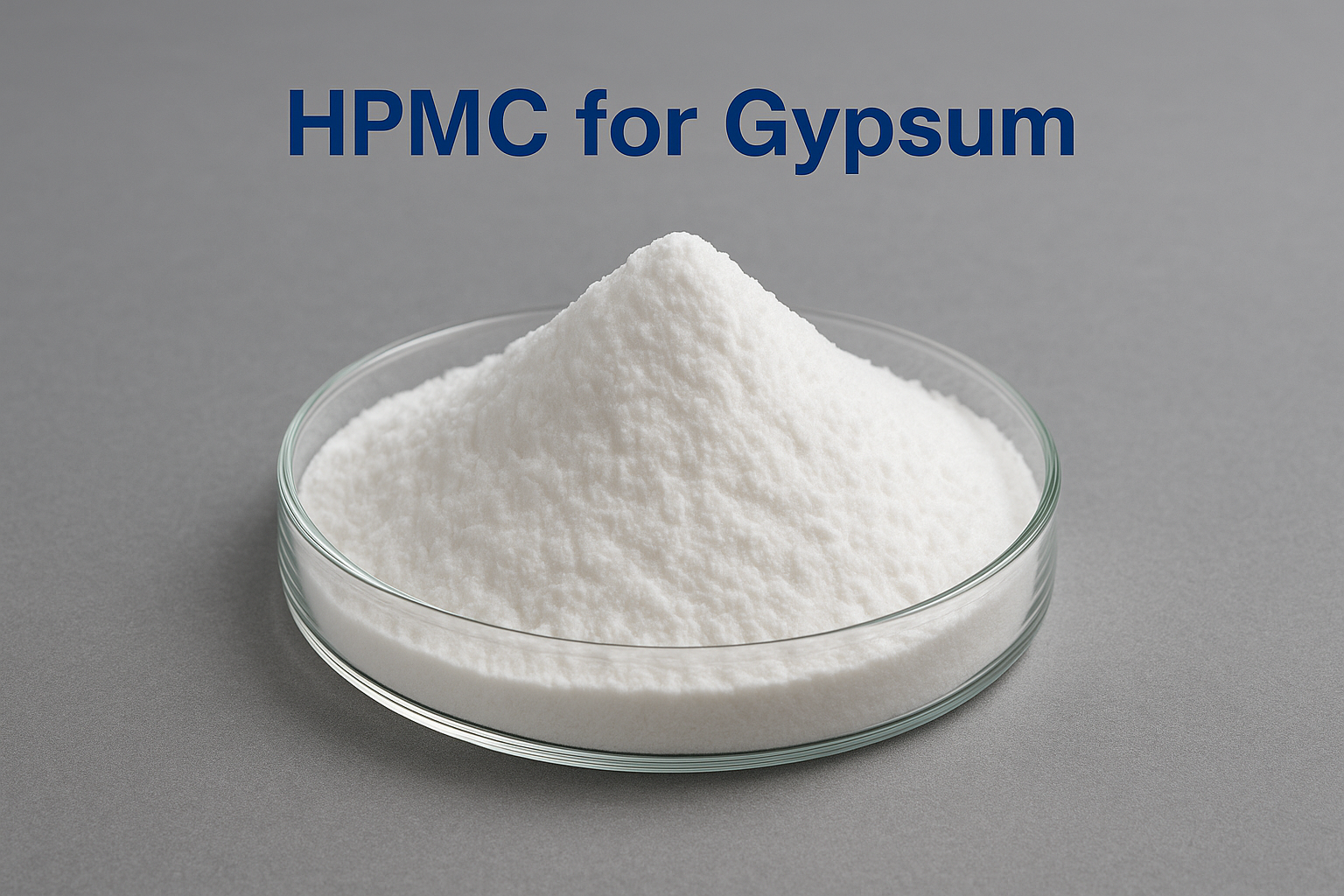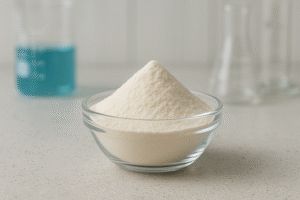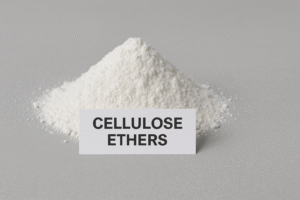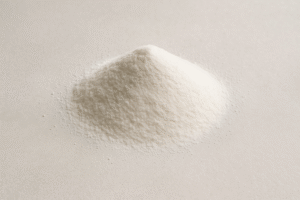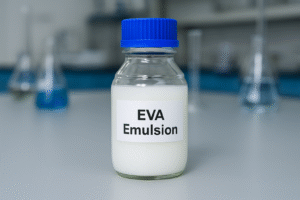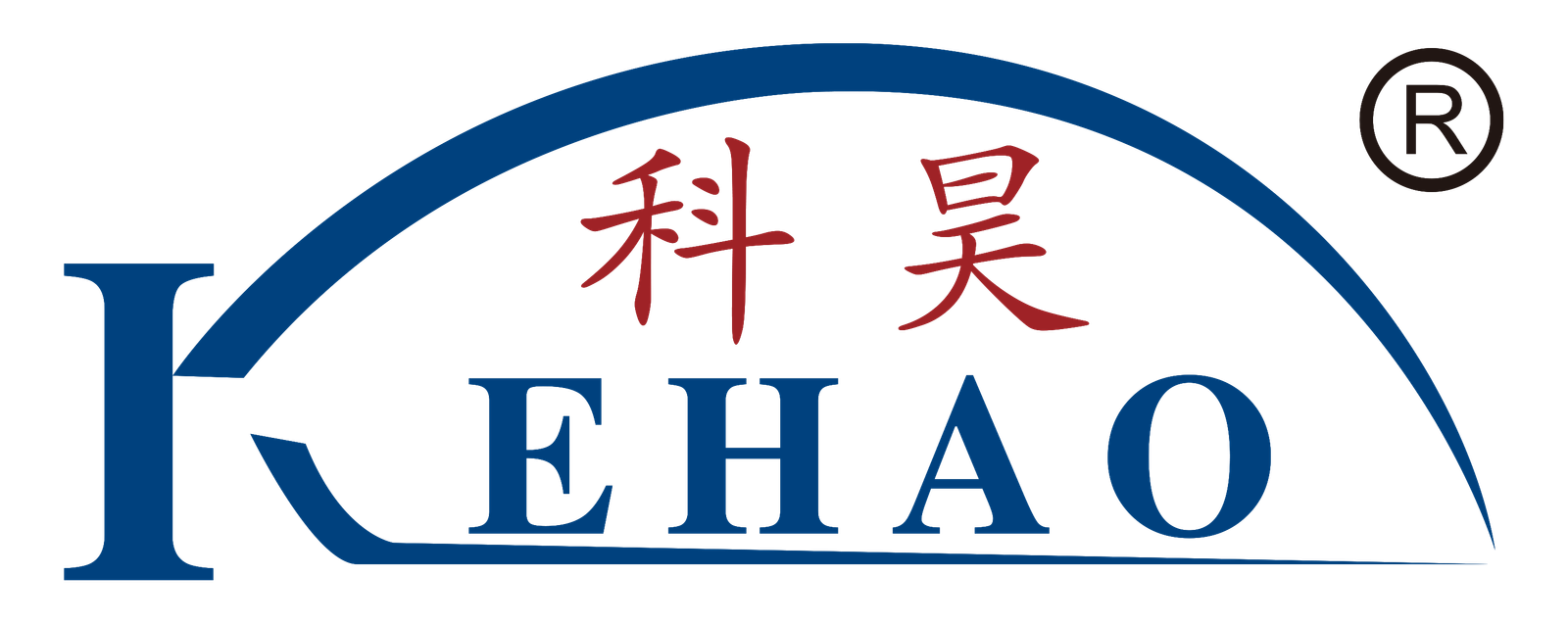Gypsum1 remains one of construction's unsung heroes. While builders struggle with material inconsistency and setting times, this versatile mineral offers solutions across numerous applications yet remains poorly understood by many industry professionals.
Gypsum is a naturally occurring mineral primarily used in construction for making plaster, wallboard, and cement. It serves as a setting agent, fire resistant material, and agricultural soil amendment, with its primary value coming from its ability to harden when mixed with water after being heated.
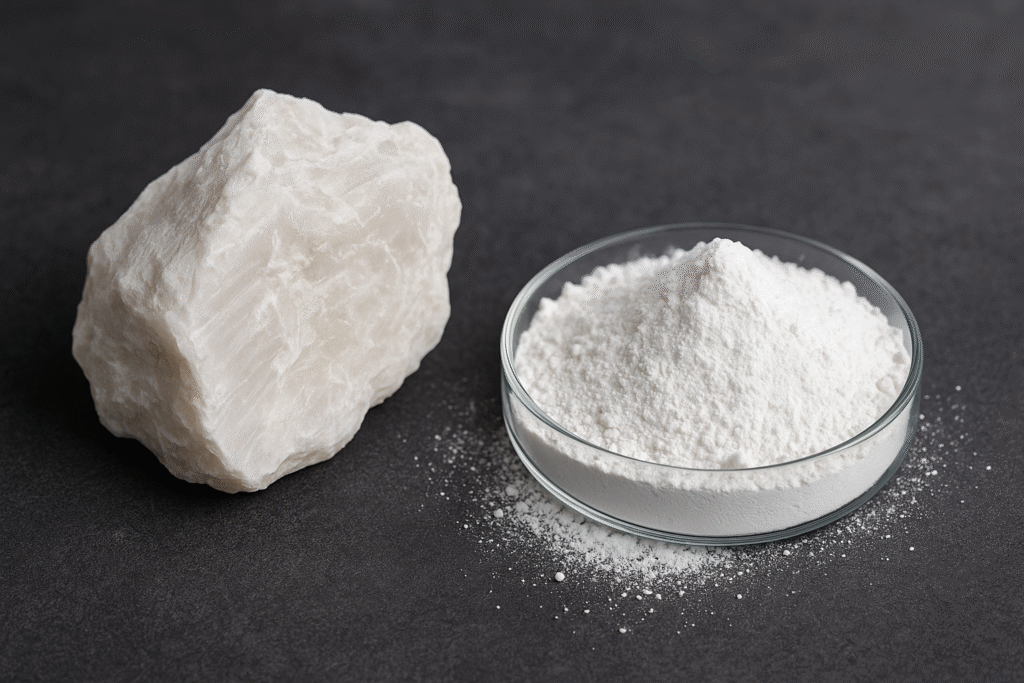
When I first visited major construction2 sites across Saudi Arabia and the UAE, I noticed how extensively gypsum was being used. The material's versatility surprised me, as it appeared in everything from wall systems to decorative elements. Let me share the many ways this remarkable mineral transforms our built environment.
How Is Gypsum1 Applied in the Construction Industry?
The construction site was falling behind schedule. Workers struggled with walls that wouldn't set properly and materials that cracked under pressure. The solution? A better understanding of gypsum-based products and their correct application.
In construction, gypsum is primarily used for interior walls and ceilings through drywall, plaster of Paris for decorative finishes, as a setting retarder in cement, and as a component in self-leveling compounds3. Its fire resistance and workability make it essential to modern building methods.

Gypsum1's importance in construction2 extends far beyond simple applications. On several projects, I've witnessed firsthand how the right gypsum formulation dramatically improves workability and finish quality. The mineral's unique crystalline structure allows it to chemically combine with water and then harden into a durable material.
Modern construction increasingly relies on specialized gypsum products. When properly modified with additives like our HPMC4 (Hydroxypropyl methylcellulose), gypsum mortars gain additional working time, water retention, and adhesion properties. This transformation turns a basic mineral into a high-performance building material.
One particularly interesting application I've seen gaining traction is the use of gypsum in lightweight partition systems. These systems provide excellent acoustic insulation while being significantly faster to install than traditional masonry walls. For large commercial projects where time equals money, this advantage cannot be overstated.
How Does Gypsum Function as a Cementitious Material in Mortar?
During a factory visit in Pakistan, I watched workers struggle with mortar that dried too quickly in the hot climate. The foreman explained their solution: a carefully calibrated gypsum-based mixture that maintained workability despite the challenging conditions.
Gypsum functions as a cementitious material in mortar by creating a crystalline matrix when mixed with water. Unlike cement which hardens through hydration, gypsum mortars set through a dissolution-precipitation process, allowing for faster setting times and excellent fire resistance properties.
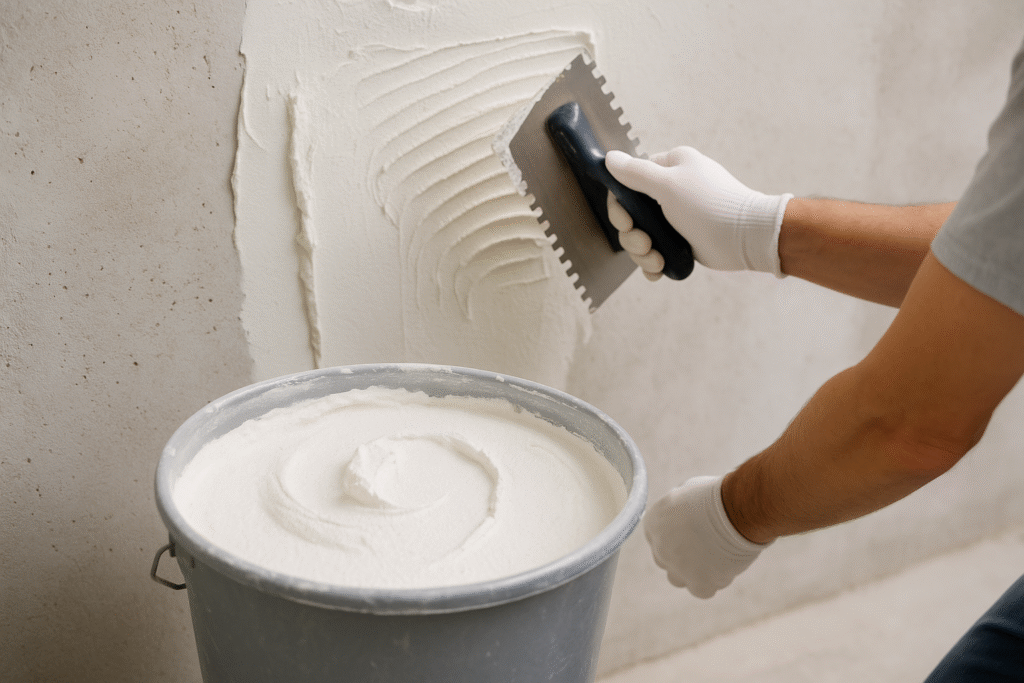
Gypsum mortars have distinct advantages that make them valuable for specific applications. Through my work with customers across developing markets, I've seen increasing interest in these specialized systems. The chemistry behind gypsum's binding properties is fascinating - when heated, gypsum (CaSO₄·2H₂O) loses part of its water content, becoming calcium sulfate hemihydrate (CaSO₄·½H₂O), commonly known as plaster of Paris.
When this hemihydrate is mixed with water again, it recrystallizes into its dihydrate form, creating an interlocking crystal structure that provides strength. This process happens relatively quickly, which is both an advantage and challenge. This is where our KEHAO additives like HPMC4 and RDP (redispersible polymer powder) become crucial, as they modify setting times and improve workability.
The application technique for gypsum mortars differs from cement-based systems. I often recommend that customers apply thinner layers and work more quickly. Additionally, gypsum mortars show excellent compatibility with various substrates, making them versatile for repair work and renovations where material compatibility is essential.
Gypsum-Based Mortar Performance Comparison
| Property | Gypsum Mortar | Cement Mortar |
|---|---|---|
| Setting Time | 20-30 minutes | 2-6 hours |
| Fire Resistance | Excellent | Good |
| Weight | Lightweight | Heavier |
| Shrinkage | Minimal | Moderate |
| Environmental Impact | Lower CO₂ emissions | Higher CO₂ emissions |
What Are Gypsum Boards and Ready-Made Gypsum Products?
When visiting a large distributor in Brazil, I was amazed by the variety of gypsum products available. From standard drywall to specialized moisture-resistant boards, the evolution of these products has revolutionized interior construction methods.
Gypsum boards (drywall) are factory-made panels consisting of a gypsum core encased in paper facing. Ready-made gypsum products include decorative ceiling tiles, cornice moldings, and prefabricated wall units. These products offer quick installation, fire resistance, and acoustic benefits for modern construction.
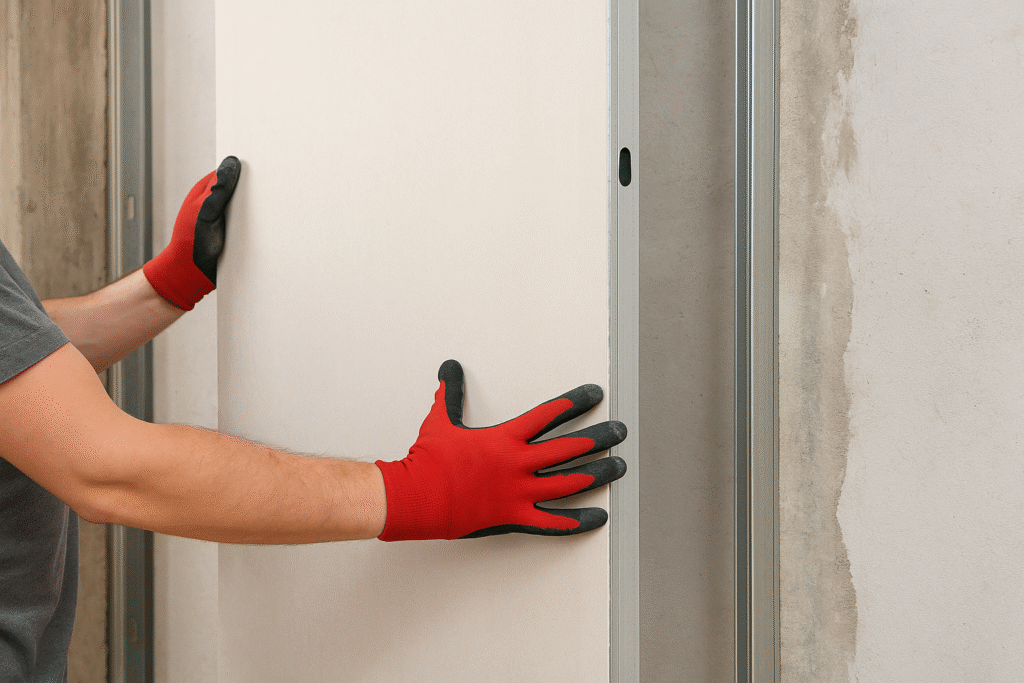
Gypsum board manufacturing has evolved significantly since its invention in the early 1900s. Today's production involves sophisticated process controls to ensure consistent quality. During my visits to manufacturing facilities, I've observed how raw gypsum is crushed, calcined at approximately 150°C, mixed with additives, and formed into boards before being dried in controlled kilns.
The evolution of specialized gypsum boards5 addresses specific construction challenges. Fire-rated boards contain glass fibers and other additives to improve their performance during fires, moisture-resistant boards incorporate water-repellent additives in both core and paper facing, and acoustic boards feature engineered perforations to absorb sound waves.
Beyond standard boards, decorative gypsum elements have gained popularity in both residential and commercial projects. These include intricate ceiling medallions, cornices, and even three-dimensional wall panels. The manufacturing process for these elements often involves higher-grade gypsum and specialized molds to achieve detailed designs.
For our customers in the prefabricated construction sector, gypsum-based wall panels offer significant advantages. These factory-produced units arrive on-site ready for installation, dramatically reducing construction time. One project in Singapore achieved a 40% reduction in interior finishing time by switching to prefabricated gypsum elements from traditional methods.
How Does Gypsum Act as a Retarder in Cement and Concrete?
At a large concrete batch plant in Mexico, I watched as operators carefully measured gypsum additives. The plant manager explained that without precise gypsum control, their concrete would set too quickly in transit, causing rejected loads and wasted materials.
Gypsum functions as a retarder in cement by controlling the rapid reaction of tricalcium aluminate with water, which would otherwise cause immediate hardening. By forming calcium sulfoaluminate (ettringite), gypsum delays setting, allowing proper placement and finishing of concrete before hardening begins.
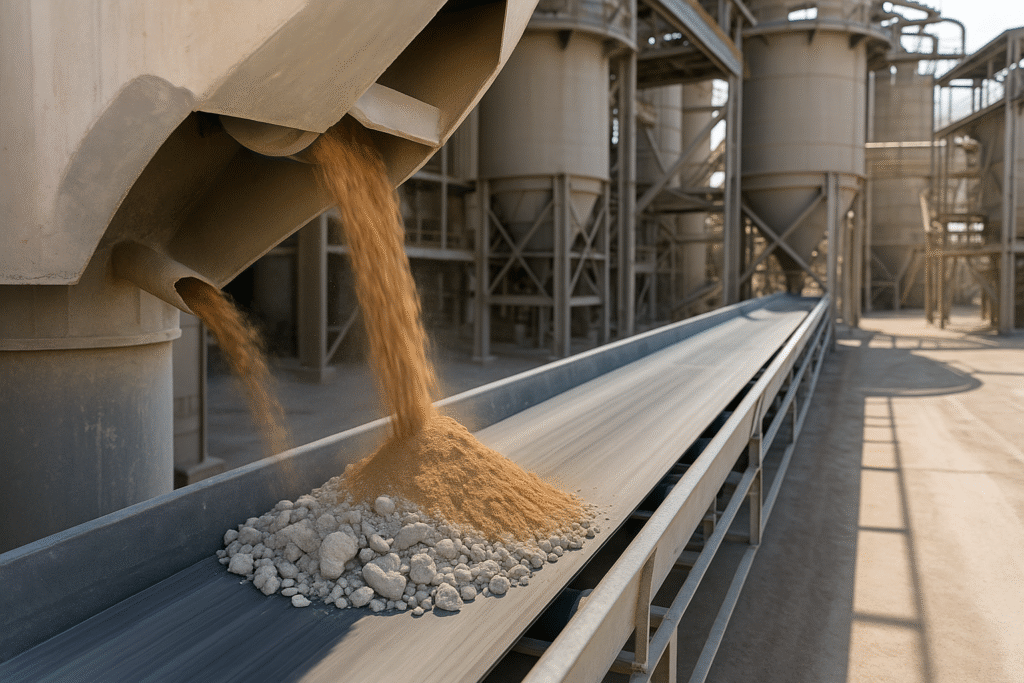
The chemistry behind gypsum's role in cement is complex but crucial to understand. Portland cement contains several reactive components, primarily calcium silicates and calcium aluminates. Without a regulating agent, the calcium aluminate phase would react almost instantly with water, preventing proper placement.
Gypsum content in cement is carefully controlled during manufacturing - typically between 3-5% of the final product. Too little gypsum results in rapid setting ("flash set"), while excess gypsum can lead to dimensional instability and reduced strength. Through our work with cement producers, I've seen how this balance must be adjusted based on cement chemistry, climate conditions, and application requirements.
Temperature significantly affects gypsum's retarding effect. In hot weather concreting operations, additional retarders may be required to complement gypsum's natural effect. Conversely, in cold weather, accelerators might be needed to counteract excessive retardation. This delicate balance makes concrete technology both an art and science.
Modern cement manufacturing uses various forms of calcium sulfate beyond natural gypsum, including anhydrite and synthetic gypsum (primarily from flue gas desulfurization). Each form releases sulfate ions at different rates, allowing cement chemists to precisely engineer setting behavior. This level of control enables specialized concrete for everything from high-rise construction to rapid repair applications.
What Is the Use of Gypsum in Dry Mix Mortar?
During a technical seminar in Vietnam, contractors discussed their frustration with inconsistent mortar quality. I explained how pre-formulated dry mix mortar6s with precise gypsum content could eliminate these variables and improve their project outcomes.
In dry mix mortars, gypsum serves multiple functions: it controls setting time, improves workability, enhances adhesion to substrates, and contributes to final strength. Depending on the mortar type, gypsum content typically ranges from 3-20%, with higher percentages in specialized plaster mixes.
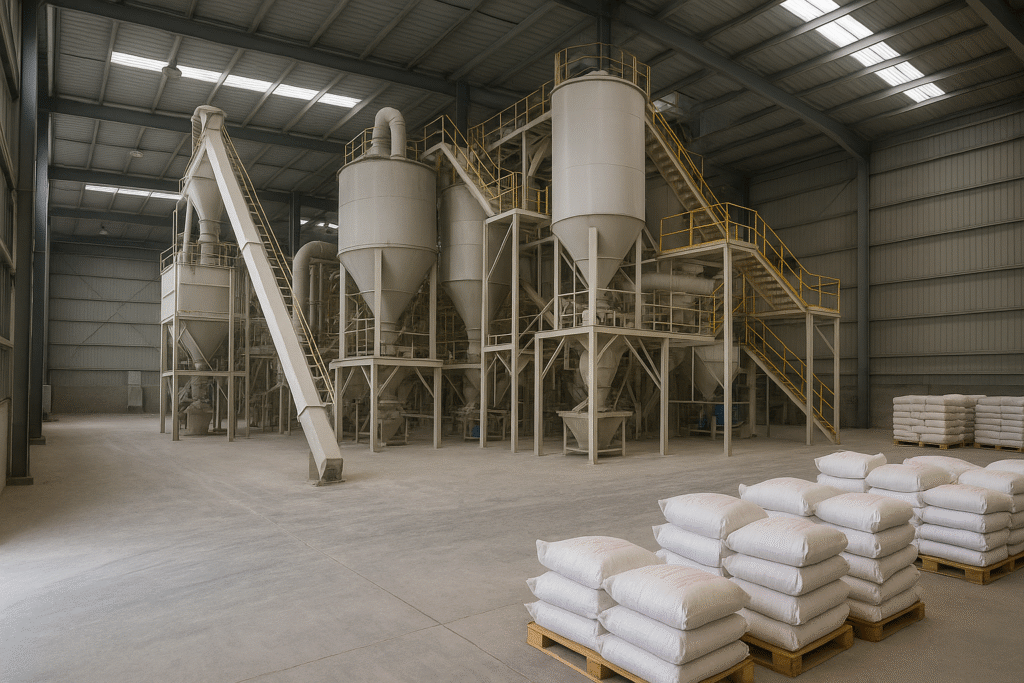
The dry mix mortar sector has grown tremendously in developing markets as builders recognize the benefits of factory-controlled formulations. My experience working with mortar manufacturers across Asia has shown that gypsum selection is critical to product performance. Different forms of gypsum - natural, synthetic, alpha or beta hemihydrate - provide distinct performance characteristics.
Water demand management is particularly important in gypsum-containing mortars. Our HPMC cellulose ethers play a crucial role here, helping retain water within the mortar while still maintaining workability. This synergy between gypsum and cellulose ethers creates mortars that are easier to apply and develop proper strength.
Stability during storage presents another challenge for dry mix formulators. Gypsum-containing mixtures must be protected from moisture absorption, which can trigger premature reactions. Packaging solutions range from multi-layer paper sacks to full plastic packaging, depending on climate conditions and expected storage duration.
Types of Gypsum Used in Dry Mix Mortars
| Type | Setting Time | Water Demand | Cost | Common Applications |
|---|---|---|---|---|
| β-Hemihydrate | Fast | Higher | Lower | General purpose mortar |
| α-Hemihydrate | Medium | Lower | Higher | Premium plasters, self-leveling compounds |
| Natural Anhydrite | Slow | Lower | Medium | Flooring applications |
| FGD Gypsum | Variable | Medium | Lower | Economic formulations |
How Does Gypsum Retarder Improve Performance?
A factory manager in India called me in frustration when their production line kept delivering inconsistent product quality. After analysis, we discovered improper gypsum retarder dosage was the culprit, leading to significant variations in working time.
Gypsum retarders improve performance by extending workability time, preventing false setting, enhancing water retention, and enabling proper finishing. These benefits are especially valuable in hot climates or applications requiring extended working times, such as large-area flooring or decorative finishes.
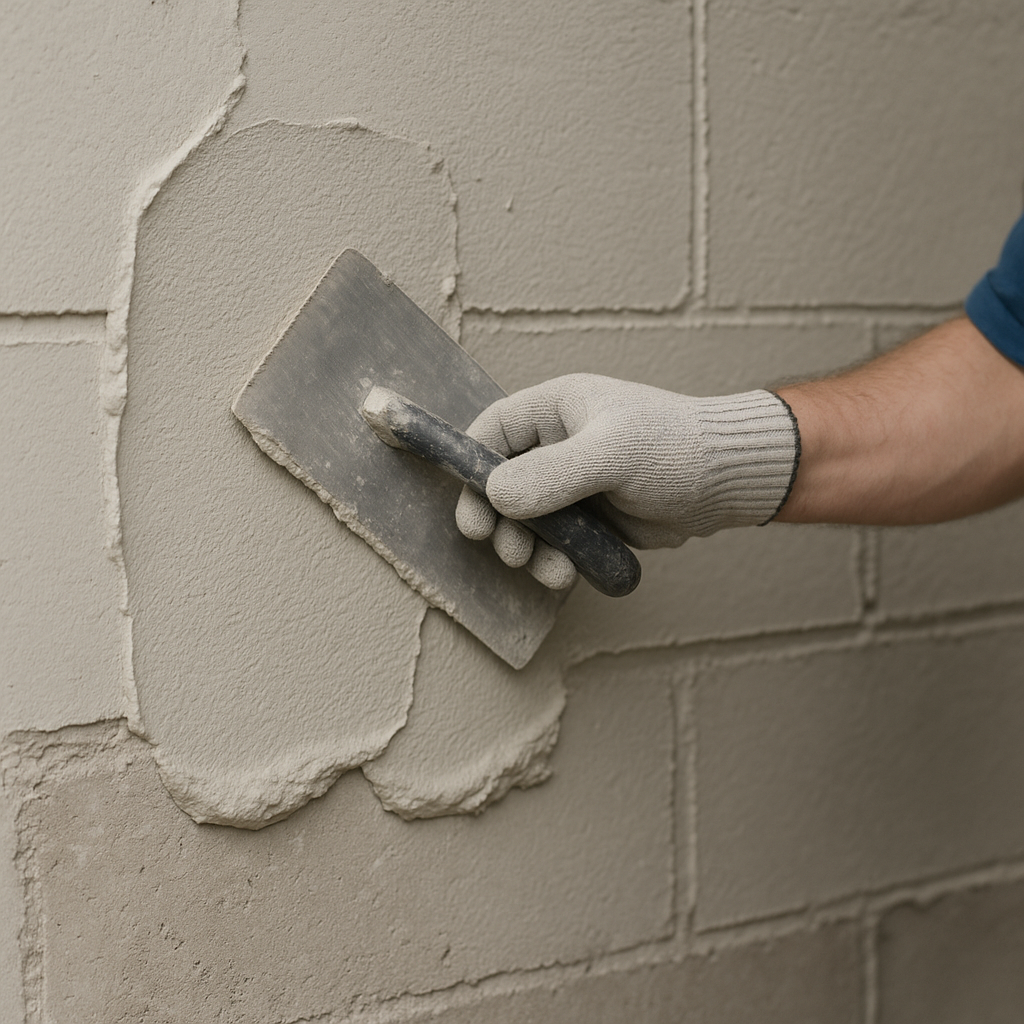
The interaction between gypsum retarders and other mortar additives requires careful balancing. Through extensive laboratory testing, we've identified optimal combinations of gypsum, HPMC, and redispersible polymers that provide consistent performance across varying conditions. This scientific approach has helped many of our customers develop premium products for their markets.
Temperature sensitivity remains a key consideration when working with gypsum-based systems. A formulation that performs perfectly at 23°C might behave very differently at 35°C or higher. Our technical team regularly conducts temperature stability tests, helping customers develop products that maintain consistent performance across seasonal variations.
Application techniques must be adjusted for properly retarded gypsum systems. The extended working time doesn't mean indefinite workability - rather, it creates a specific window during which the material can be applied and finished. Training applicators to recognize the stages of setting becomes important for quality results. I've conducted numerous on-site demonstrations showing proper timing for various finishing techniques.
One particularly challenging project involved a decorative wall finish requiring multi-layer application with precise timing between coats. By carefully engineering the gypsum retardation system, we enabled the contractor to achieve a seamless finish despite challenging job site conditions. This level of performance control is impossible without properly balanced gypsum systems.
How Is KEHAO Committed to Gypsum Additives and Global Market Expansion?
During my recent visit to the largest building materials exhibition in Dubai, contractors from across the Middle East approached with the same question: how could they improve their gypsum-based products to meet increasingly demanding project specifications?
KEHAO is committed to providing high-quality cellulose ethers7 and polymer powders specifically engineered for gypsum applications. Our technical support team works directly with customers to optimize formulations, while our global logistics network ensures reliable supply to developing markets across the Middle East, Asia, and Latin America.
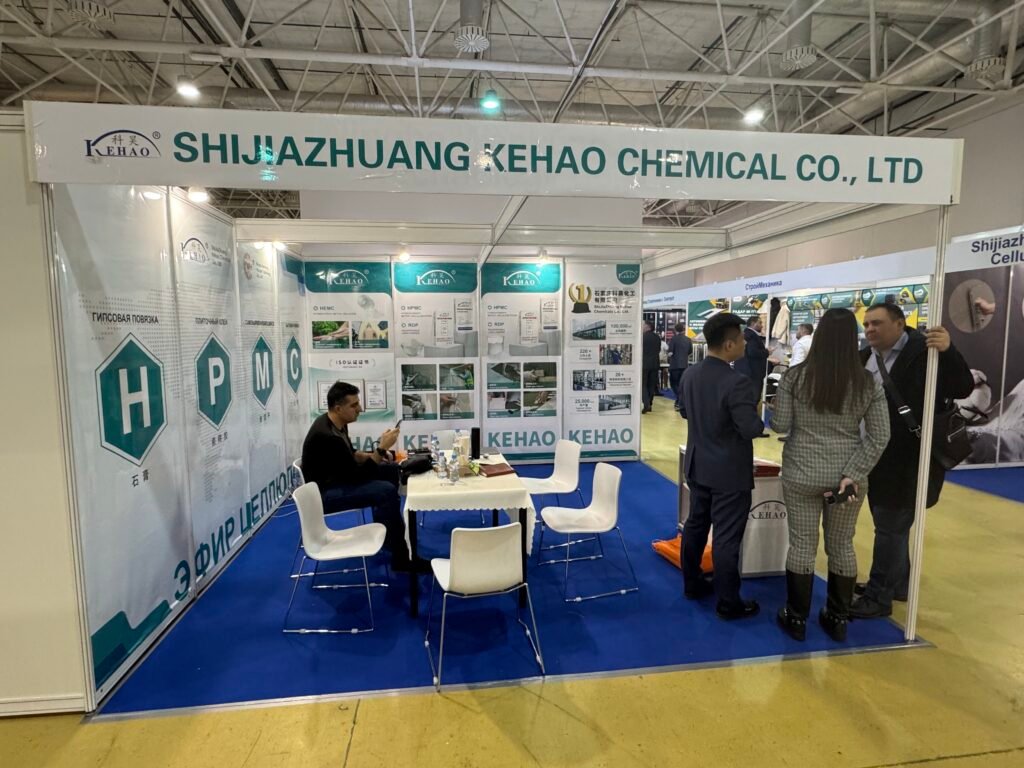
Our commitment to the gypsum sector goes beyond simply supplying additives. KEHAO maintains a specialized application laboratory where we continuously test and refine formulations under various conditions. This research-driven approach allows us to recommend precise additive combinations for specific regional requirements and application methods.
Technical knowledge transfer forms a core part of our expansion strategy. Through regular workshops and seminars across our key markets, we educate customers about proper selection and use of gypsum additives. Last year alone, our technical team conducted over 30 such events, reaching more than 500 industry professionals.
The environmental aspects of gypsum systems also drive our innovation efforts. Compared to Portland cement, gypsum production typically generates significantly lower carbon emissions. By helping customers optimize their gypsum-based formulations, we contribute to reducing the construction industry's environmental footprint while maintaining or improving performance.
Supply chain reliability remains paramount for our customers. With six production lines and strategic warehouse locations, KEHAO ensures consistent product availability even during challenging global logistics situations. Our flexible packaging options - from 25kg bags to 1-ton supersacks - accommodate varying customer needs from small producers to industrial manufacturers.
Conclusion
Gypsum's versatility makes it essential across construction applications, from wallboards to concrete. With proper additives and formulation expertise, this ancient material continues evolving to meet modern building demands worldwide.
-
Explore the diverse applications and advantages of gypsum in modern construction. ↩ ↩ ↩
-
Learn how gypsum is revolutionizing construction methods and improving efficiency. ↩ ↩
-
Learn about self-leveling compounds and how they simplify flooring projects. ↩
-
Discover the benefits of HPMC in enhancing gypsum-based products. ↩ ↩
-
Discover the advantages of using gypsum boards for interior construction. ↩
-
Discover how dry mix mortar improves consistency and quality in projects. ↩
-
Understanding cellulose ethers can enhance your formulations and improve the performance of gypsum-based products. ↩
